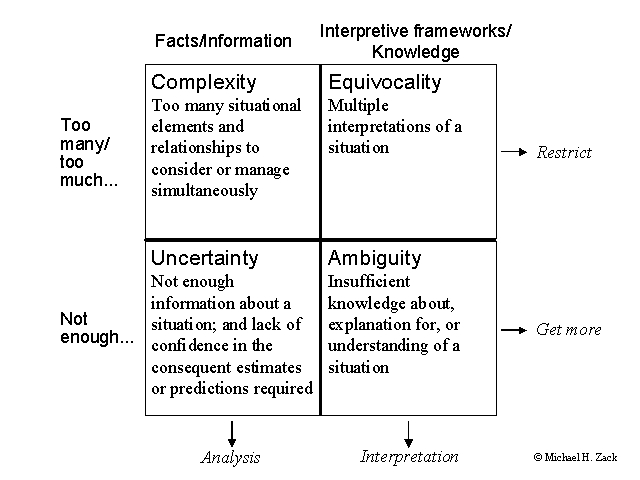Guest post by Jim Furnish, former Deputy Chief for National Forest Systems, USDA Forest Service
Why Is Water So Important?
The connection between forests and water has long been recognized, and was at the core of why national forests were created. The Organic Act of 1897 speaks to “favorable conditions of water flow” (which we would articulate differently today), and the strong inference is to both quality and quantity. Forests and their waters were under clear threats from rampant logging, grazing, and mining. Today, although such overt abuses have been stopped, the value of clean abundant water flowing from public land is greater than ever.
Watersheds behave much like a human veinous system, serving every part of the landscape and ushering water out and away through ever larger streams. Water is a direct and inerrant reflection of the health of the landscape — it cannot lie. It is the lifeblood of the landscape, thus, biota is usually bunched and concentrated in and near water. A century of conservation has no doubt served to avert degradation, yet population and commercial pressures continue to impact watershed health.
Is watershed restoration necessary? The underlying question is important — is there anything to restore, and, if yes, how/why did it get that way? On national forests, did the Forest Service play a causal role? The response to these questions draws sharp differences, often breaking along ideological lines. But what does the land say?
Invasive species, degraded fish stocks, threatened species, loss of riparian health — no matter your ideology, all these speak plainly to the reality that things are not as they should be, no matter the cause. What niche should national forests occupy as it relates to reasonable public expectations for watershed health? I would hope the Forest Service would aspire to a high calling. It should be noted that severity varies greatly, and some watersheds remain in great shape, while others are in poor health.
Today, watershed restoration must be an essential unifying principle for land managing agencies — and an important element in an effective and useful planning regulation. Water is a crucial essence for almost all land management considerations.



